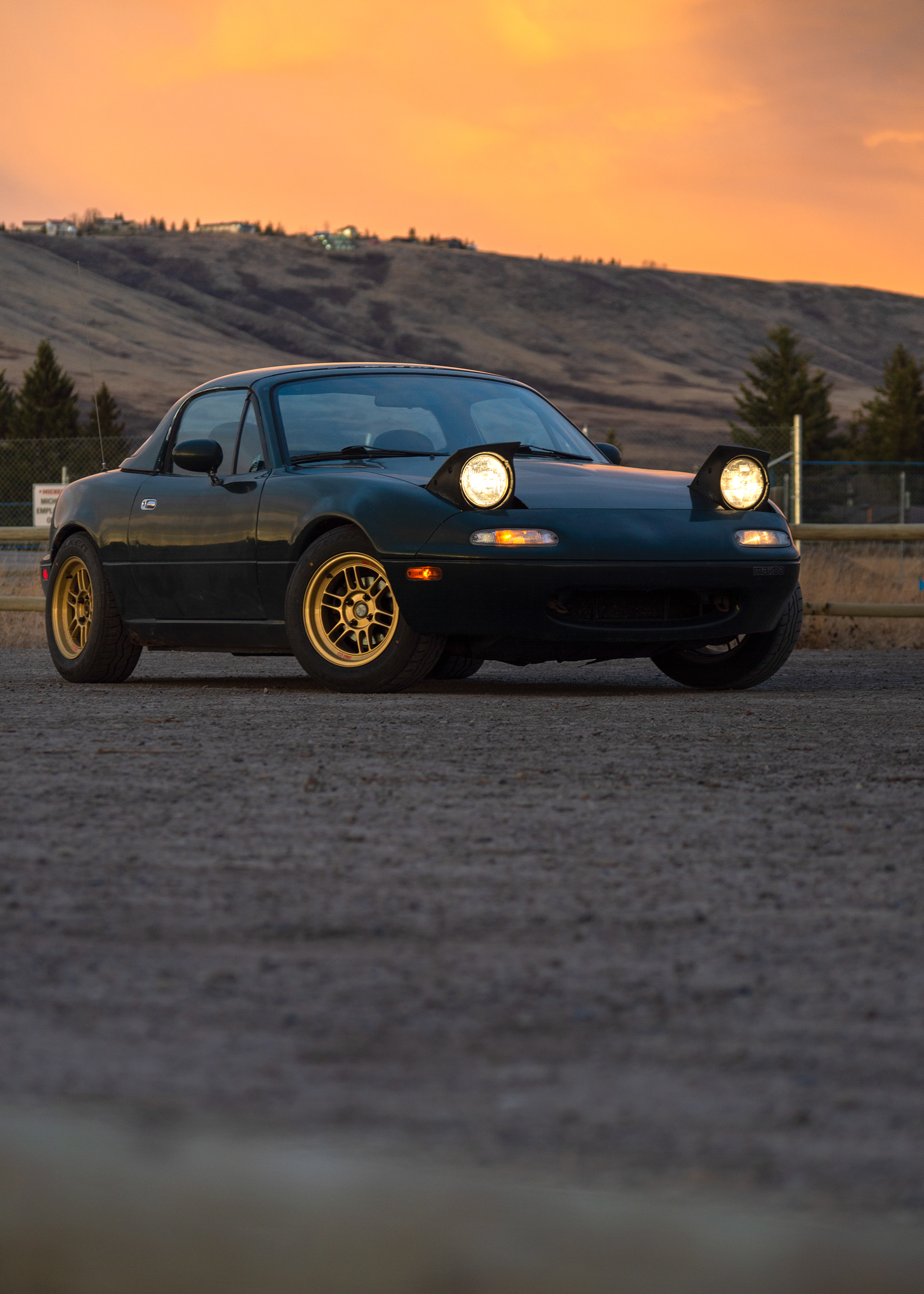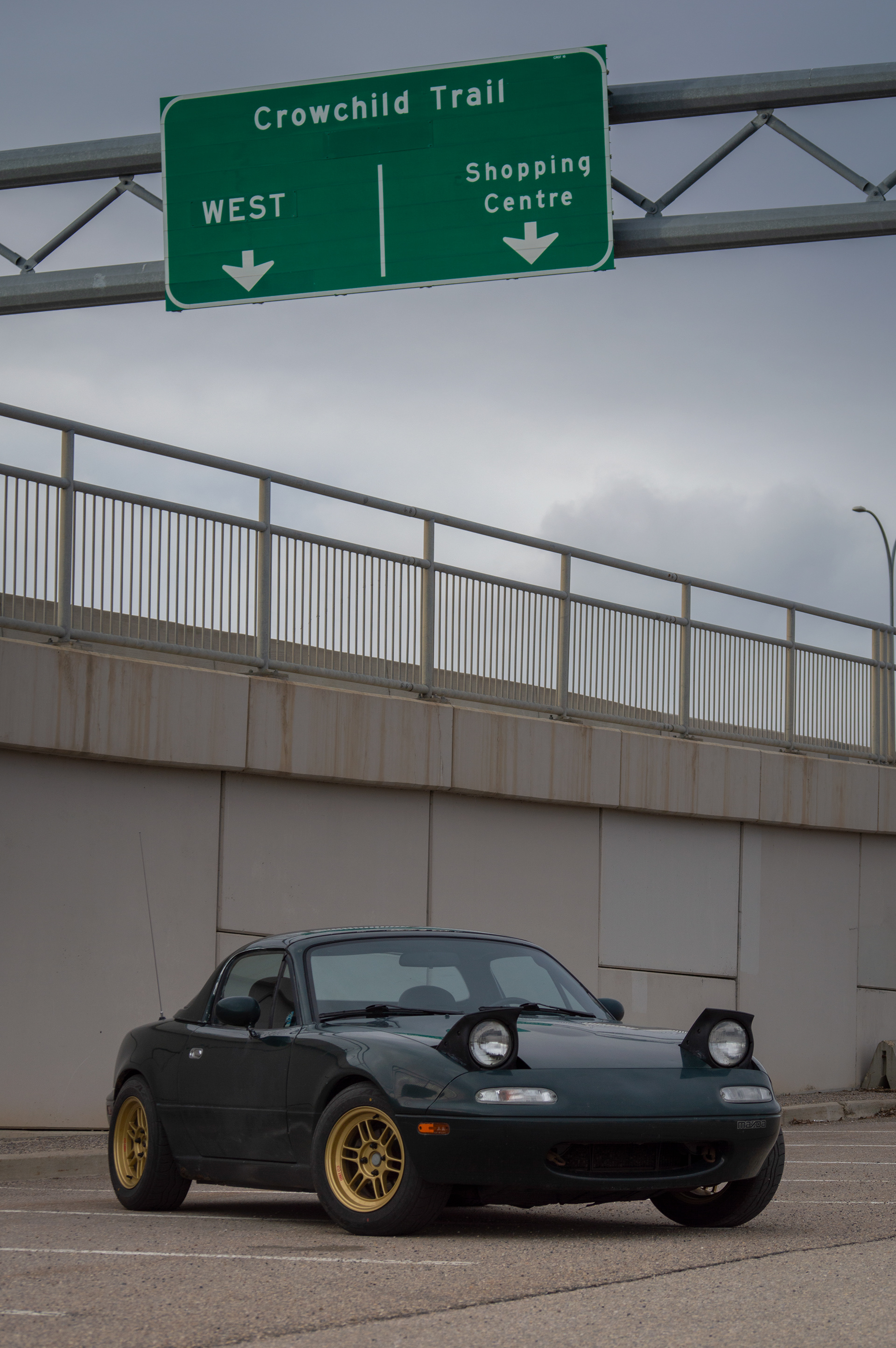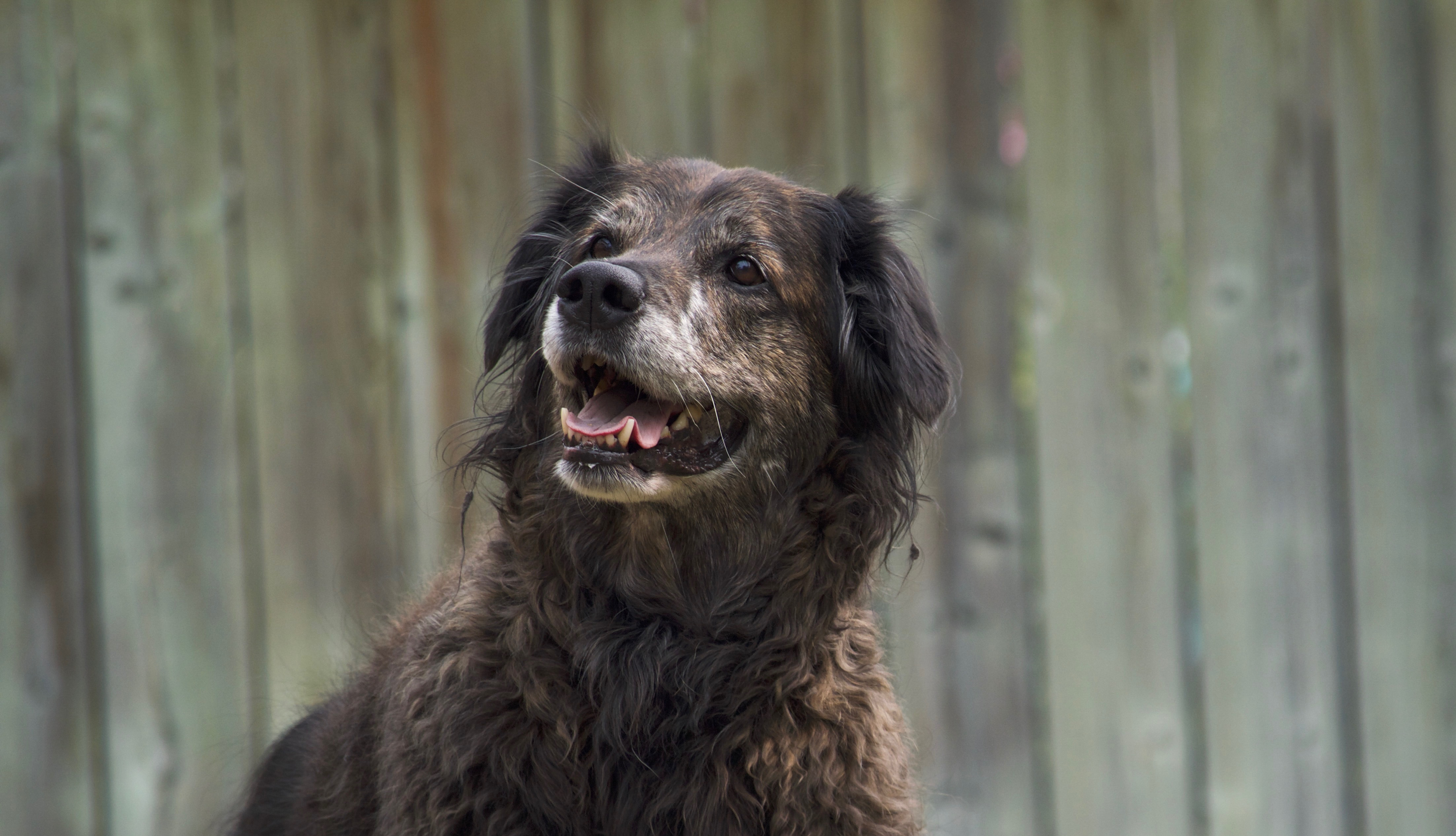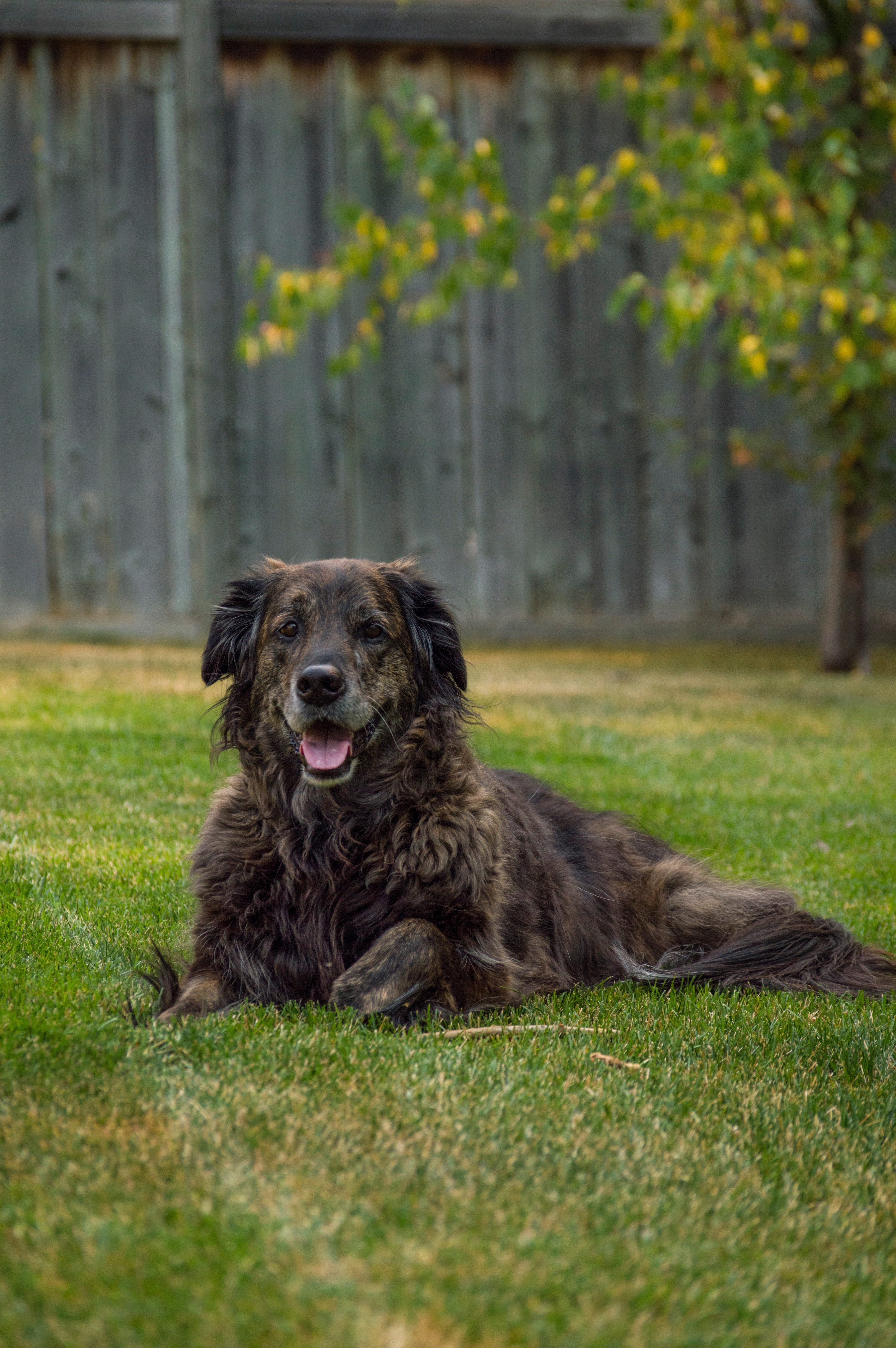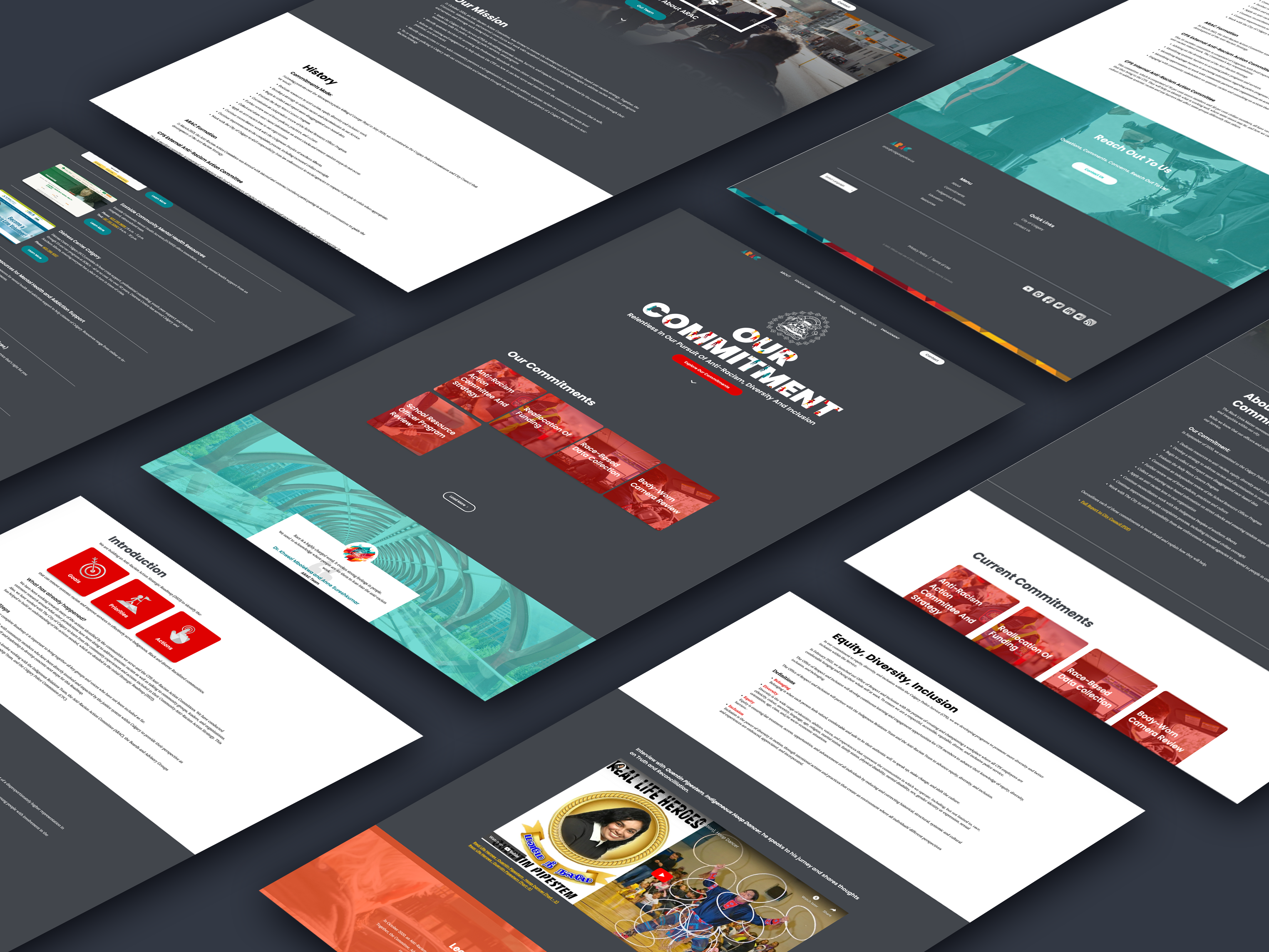Overview
As a designer in the field of information design, I believe that graphic design is crucial in both information design and design thinking. It is clear that information design aims to simplify complex information and present it in an easy-to-understand format, and graphic design is one of the key elements that can help to achieve this.
Graphic design plays a significant role in creating visual hierarchies that effectively emphasize key information – by using visual elements such as colour, typography, and imagery, graphic design can guide the reader's eye and direct attention to important details. This, in turn, not only makes the information more accessible but also more engaging and memorable. Graphic design is also essential for creating consistent visual identity systems for a project or a brand. A strong visual identity helps to create brand recognition, which in turn builds trust with the audience, customer, or user.
In the context of design thinking, graphic design is vital in creating prototypes and conveying ideas to stakeholders. By using visual elements to represent concepts and ideas, designers can effectively communicate their vision and receive feedback. This iterative process allows designers to refine their ideas, resulting in better outcomes.
The following structure of this page is as follows:
- Kananaskis Clothing Design
- Banff Motion Graphic
- Medical Clinic Logo Design
- Miata Design Work
- Photography
Kananaskis Clothing Design
The Goal
My goal for this portfolio piece was to capture the spirit of Kananaskis and convey its adventurous and outdoorsy essence through a unique clothing design. I aimed to create a visually captivating and compelling design that resonates with individuals seeking a connection with nature and a sense of exploration specific to Kananaskis.
The Approach
To achieve this goal, I followed a meticulous and creative approach. Drawing inspiration from Patagonia's iconic style, I generated concepts that incorporated unique elements of Kananaskis, such as mountain ranges, wildlife, hiking trails, and outdoor activities.
Refining the design direction, I focused on creating a visually striking composition, paying attention to balance, harmony, and proportion while staying true to both Kananaskis and the Patagonia aesthetic. Using digital tools, I brought the design to life, carefully considering color, typography, and overall presentation. Throughout the process, I actively sought feedback from peers, mentors, and potential users aligned with the target audience. Their input provided valuable insights, allowing me to refine the design and ensure it effectively conveyed the desired adventurous and outdoorsy spirit of Kananaskis.
By adhering to this goal-driven approach, I successfully created a clothing design for Kananaskis, reminiscent of Patagonia, that captured the spirit of adventure and captivated the target audience.
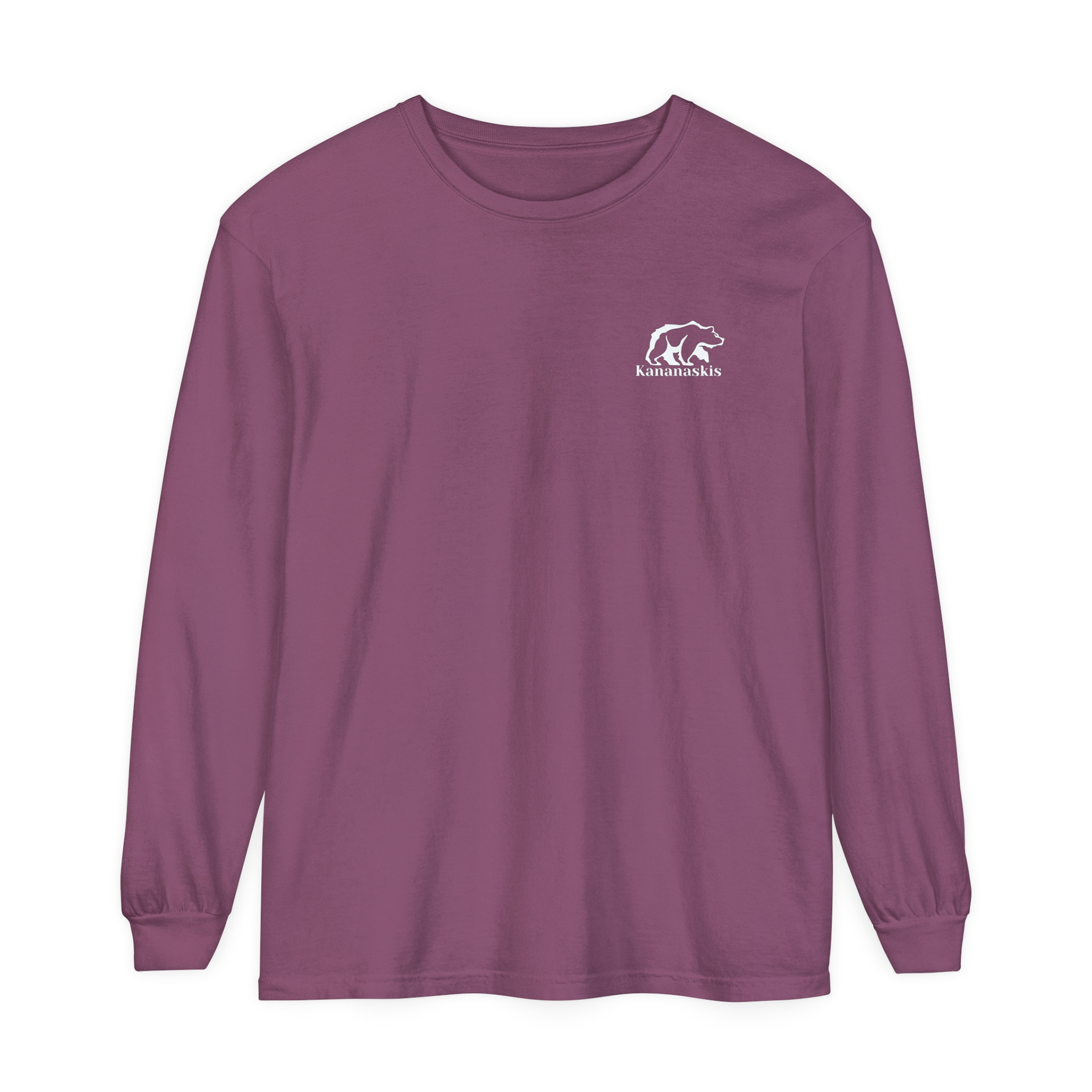

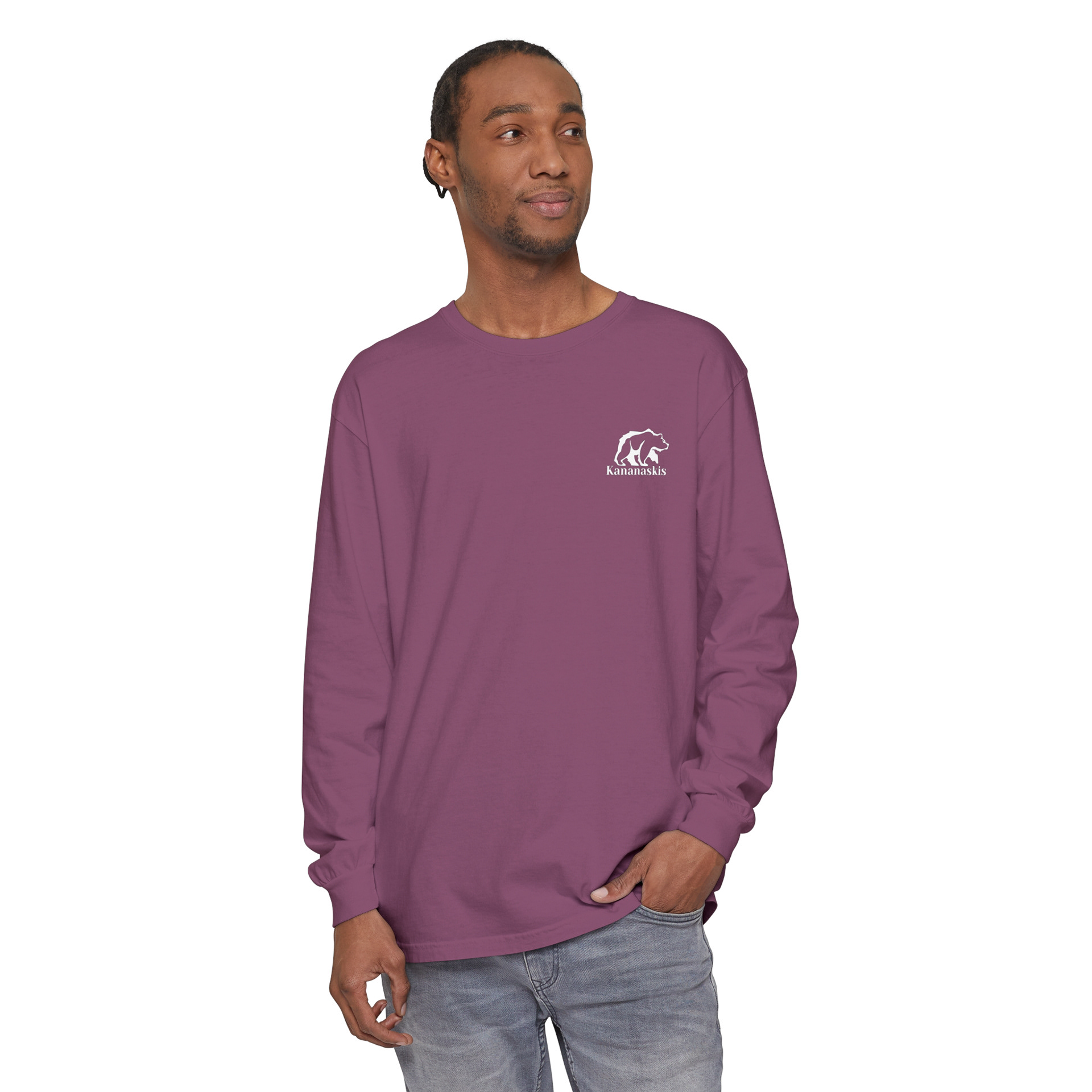
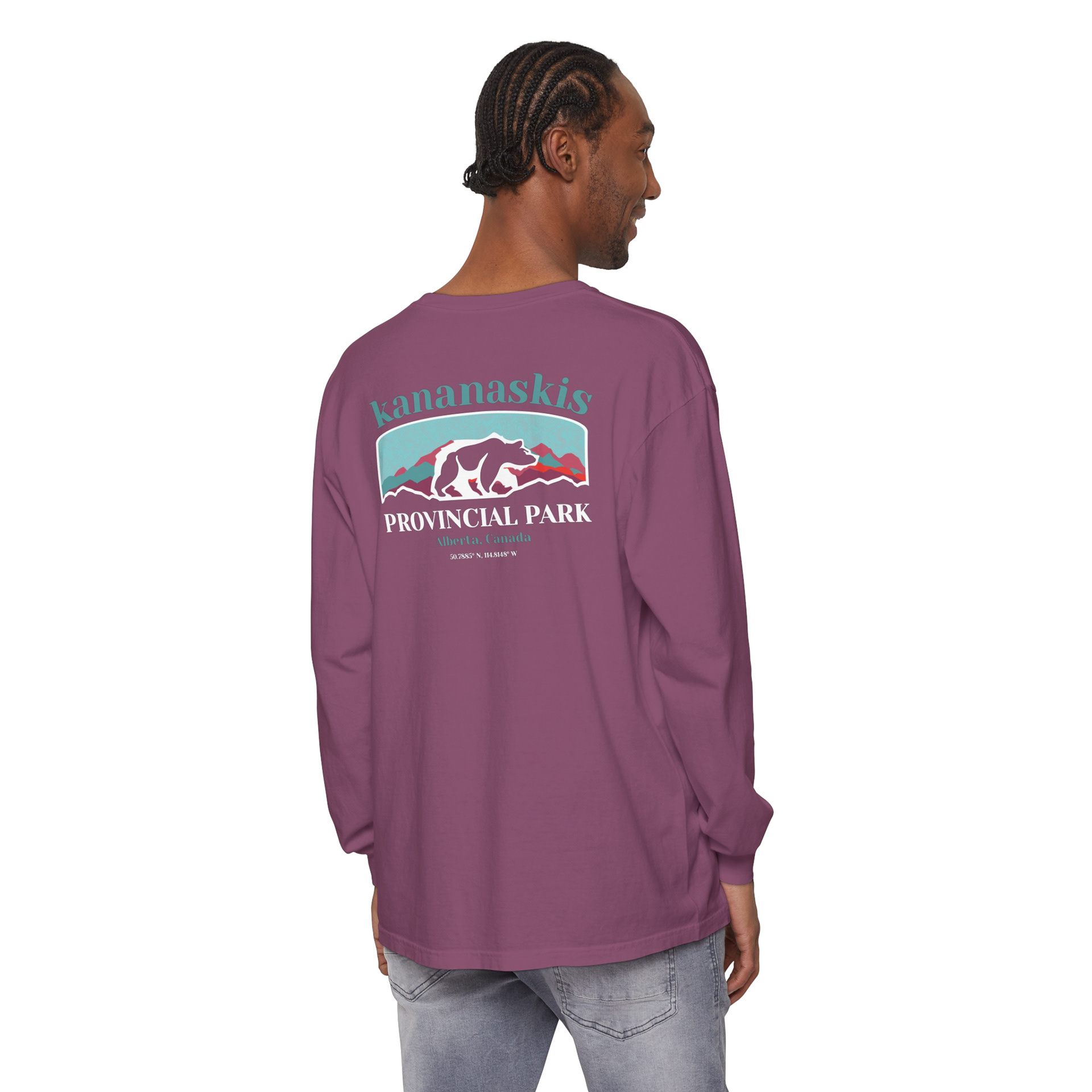



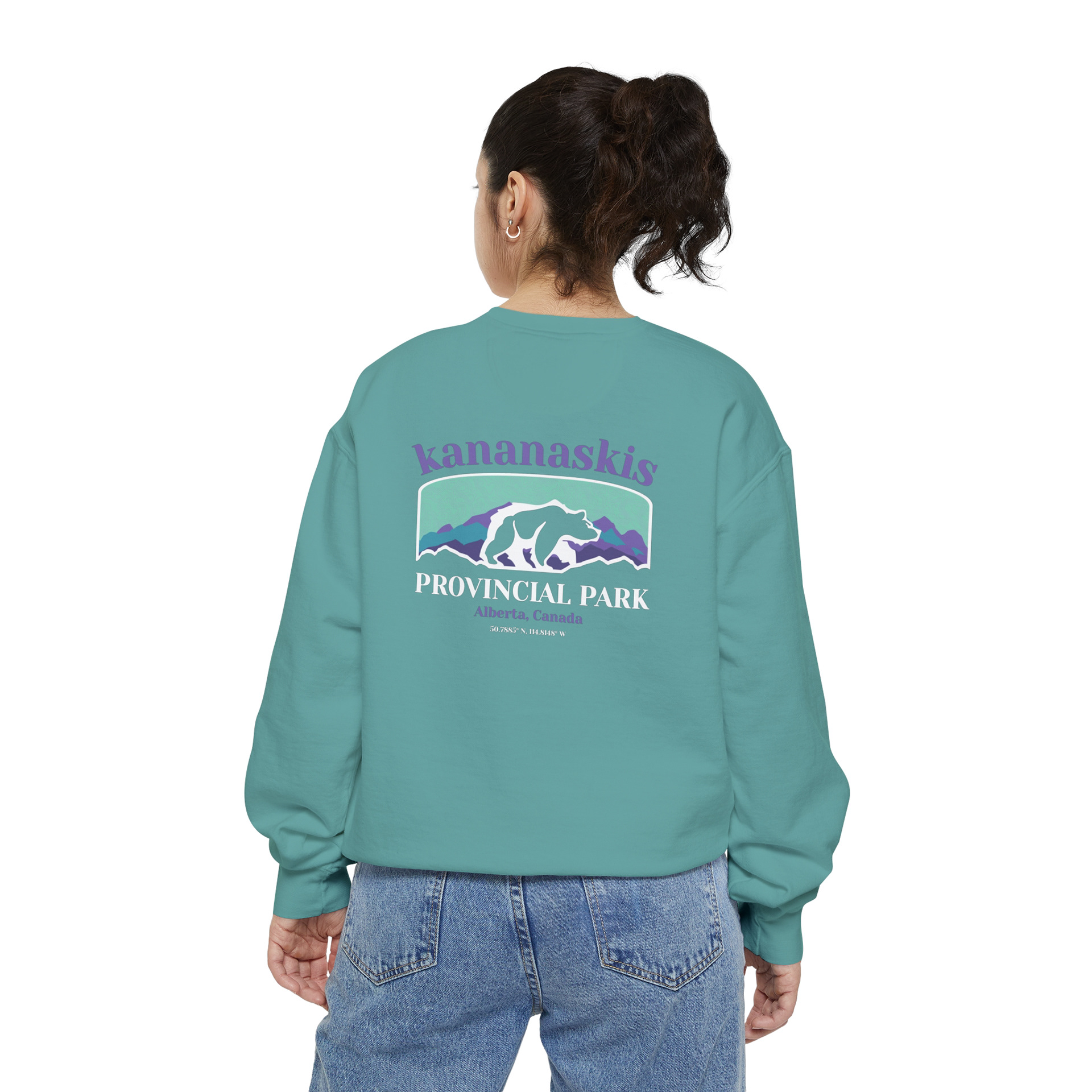
Banff Motion Graphic
The Goal
The objective of this project was to create a compelling motion graphic that showcased the essence and charm of the town of Banff. It needed to capture the natural beauty of the surroundings while evoking a sense of wonder and intrigue for viewers.
The Approach
I used Adobe After Effects to create the motion graphic and, here I was able to bring the designs to life by adding motion and subtle touches of creativity. Throughout the project, I applied design thinking principles, immersing myself in the brand's identity and understanding its target audience. This iterative process ensured that the motion graphic aligned with the brand's goals and aspirations.
By fine-tuning the motions, adjusting timing, and refining visual elements, I aimed to create a seamless and captivating experience for viewers. The goal was to merge design and storytelling, using motion to enhance the impact and leave a lasting impression. By drawing inspiration from Banff's unique atmosphere, I crafted a motion graphic that captures its essence and invites viewers on a visual journey. It is a testament to the power of design in evoking emotions and creating engaging experiences.
*Please note that this motion graphic was originally intended for an application submitted to the Town of Banff. However, due to an oversight on my part, the file was inadvertently omitted from the application. As a result, I have included it in my portfolio to showcase the project independently.
Medical Clinic Logo Design
The Goal
The goal of this project was to create a logo for Westbrook Medical Clinic that embodied their values, beliefs, and feelings, while providing an accurate representation of their services to their clients. As a crucial element of a brand's identity, a logo needed to be powerful and memorable, with the ability to establish trust, care, and quality.
The Approach
To approach the design for this logo, I applied both information design and design thinking principles. I began by sketching rough ideas in a sketchbook, exploring different concepts and refining them through multiple iterations. This allowed me to experiment with different design elements, such as line weights, colors, and typography, and to test the effectiveness of each idea.
Once I had several strong concepts, I imported them into Adobe Illustrator and began creating vector graphics. Through this process, I refined the designs even further, introducing new elements and variations to push the boundaries of the logo's design. Throughout the design process, I applied the design thinking framework, empathizing with the brand and their target audience, defining the problem and goals, ideating solutions, prototyping, and testing. This iterative process allowed me to create a logo that effectively embodied the brand's values, while accurately representing their services to their clients.



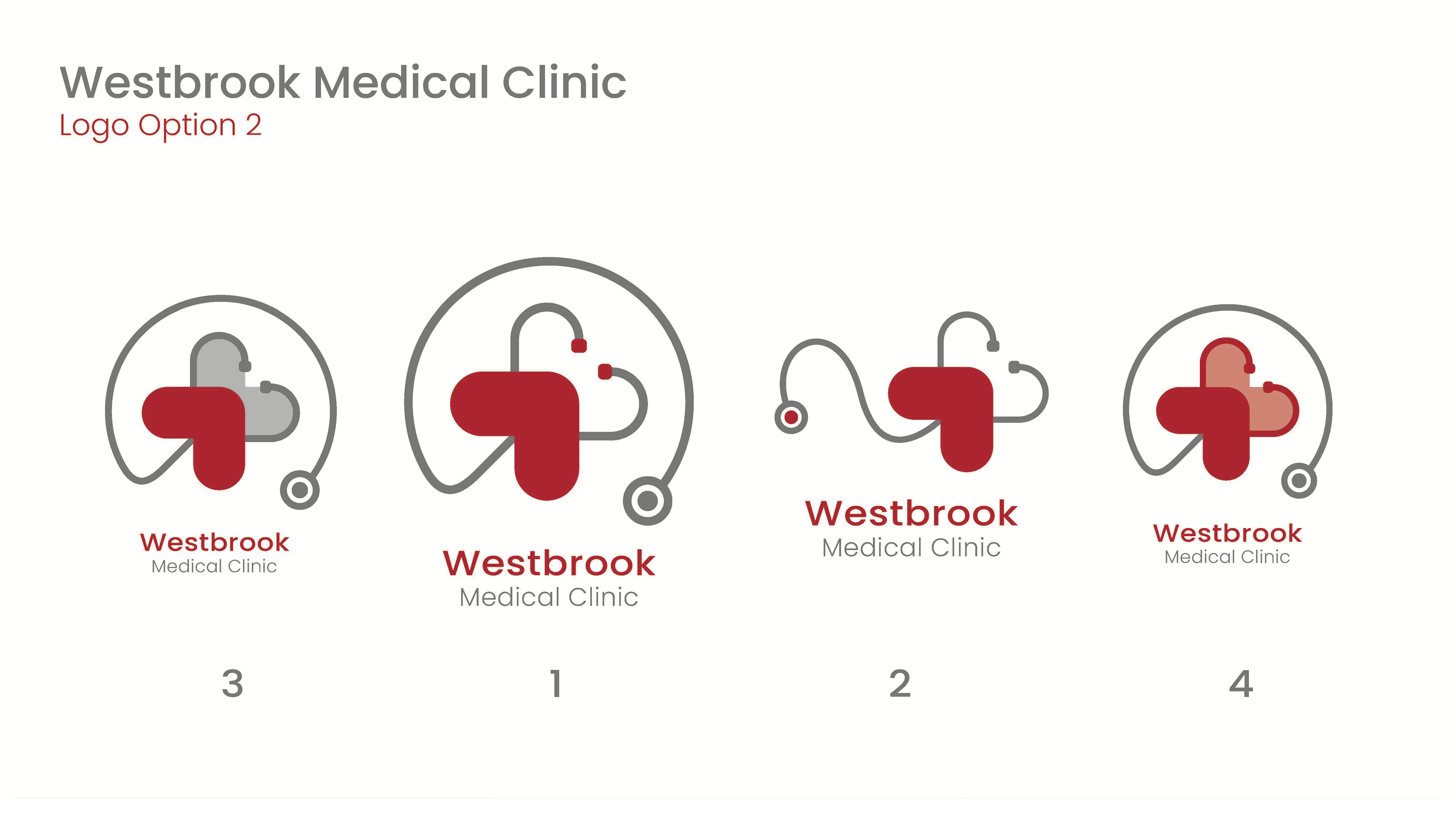


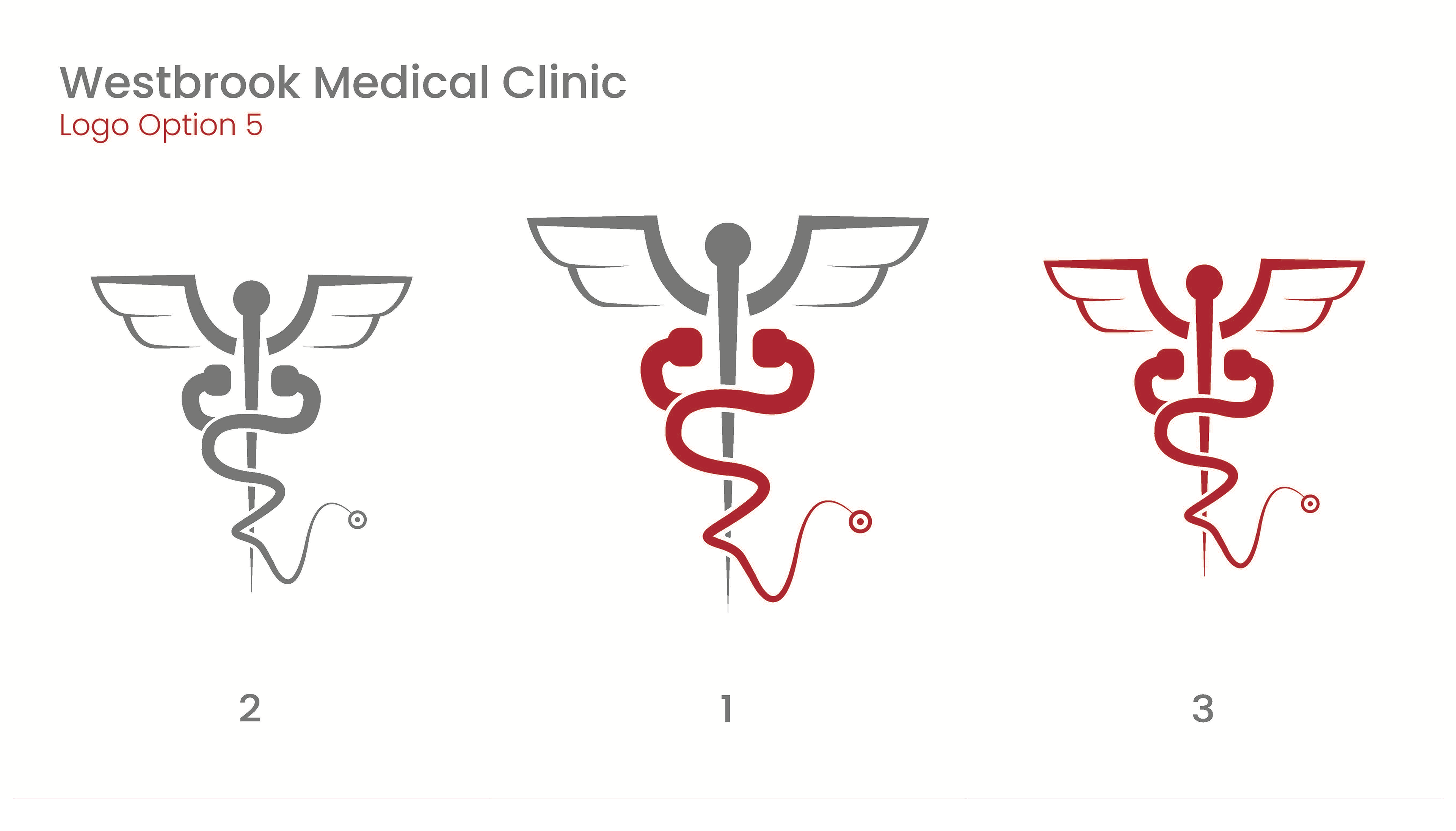
Miata Design Work
Goal
To create a project where I made designs that could be used for clothing, posters, and stickers. To ensure effective and visually appealing designs, I utilized skills from the information design program and employed a design thinking framework to make the potential products usable and desirable.
The Approach
To start the project, I conducted research by analyzing popular designs in the automotive industry and took into consideration the target audience's preferences. This research helped me create a mood board and develop a design strategy that aligned with the project's goals. Using my information design skills, I created initial sketches and concept designs that considered key design principles such as typography, colour, and composition.
Throughout the design process, I applied the design thinking framework, empathizing with the audience, defining the problem, ideating solutions, prototyping, and testing. By empathizing with the target audience, I created designs that aligned with their interests and preferences. During the ideation phase, I generated multiple ideas and considered different design options. I prototyped the designs and tested them through user feedback and then made necessary changes based on the feedback. Through this iterative process, I ultimately arrived at a set of designs that were visually appealing, effective, and aligned with the project's goals.
The designs I created were versatile, meaning that they could be used for clothing, posters, and stickers. They featured bold typography, dynamic compositions, and striking colours. The designs also incorporated elements of the Miata's history and culture, connecting with the audience's love for the car. In conclusion, my work on the Miata project involved using skills from the information design program and applying a design thinking framework to create effective and visually appealing designs. The designs I created were versatile, aligned with the project's goals, and connected with the audience's love for the Miata.
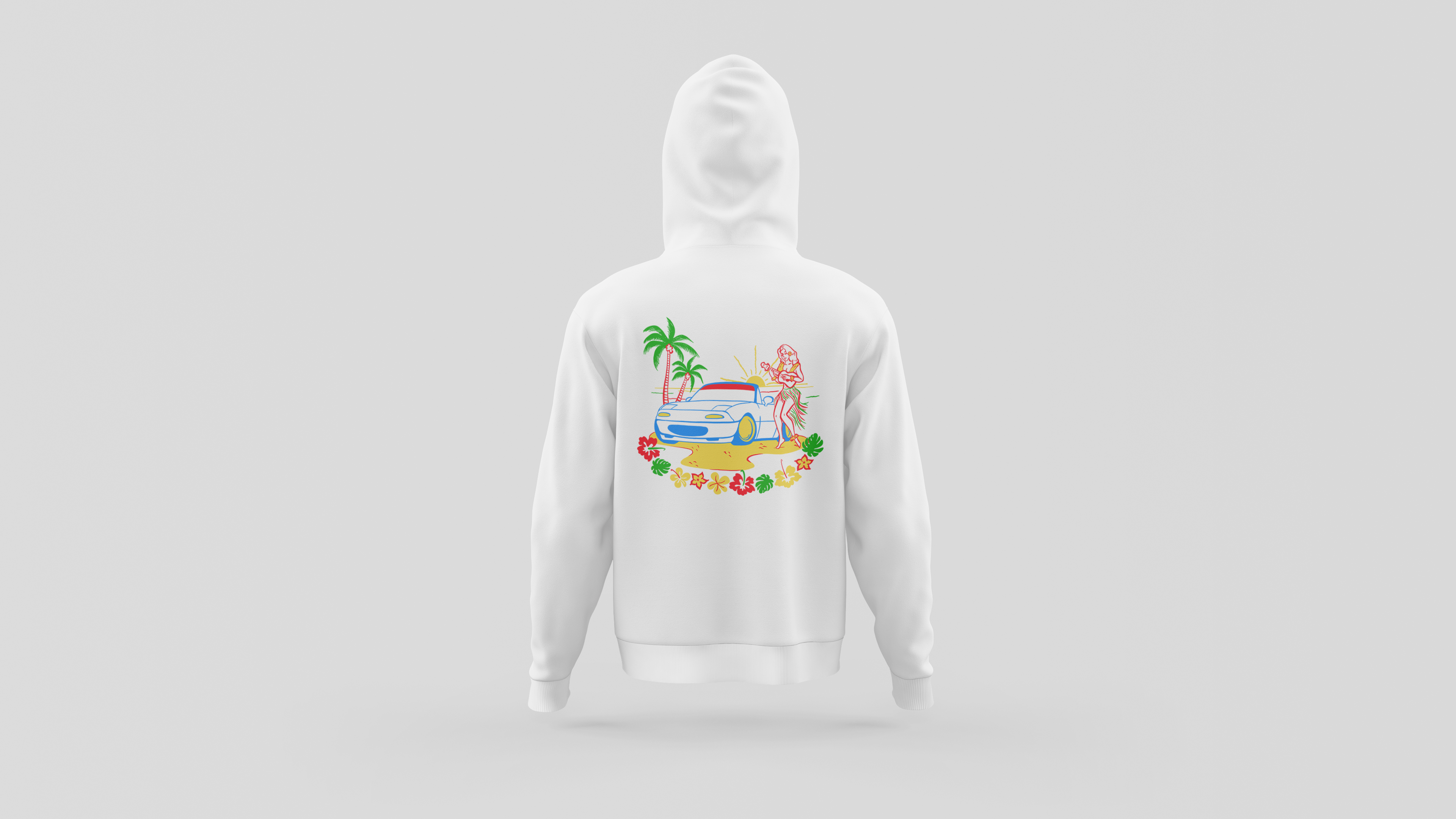

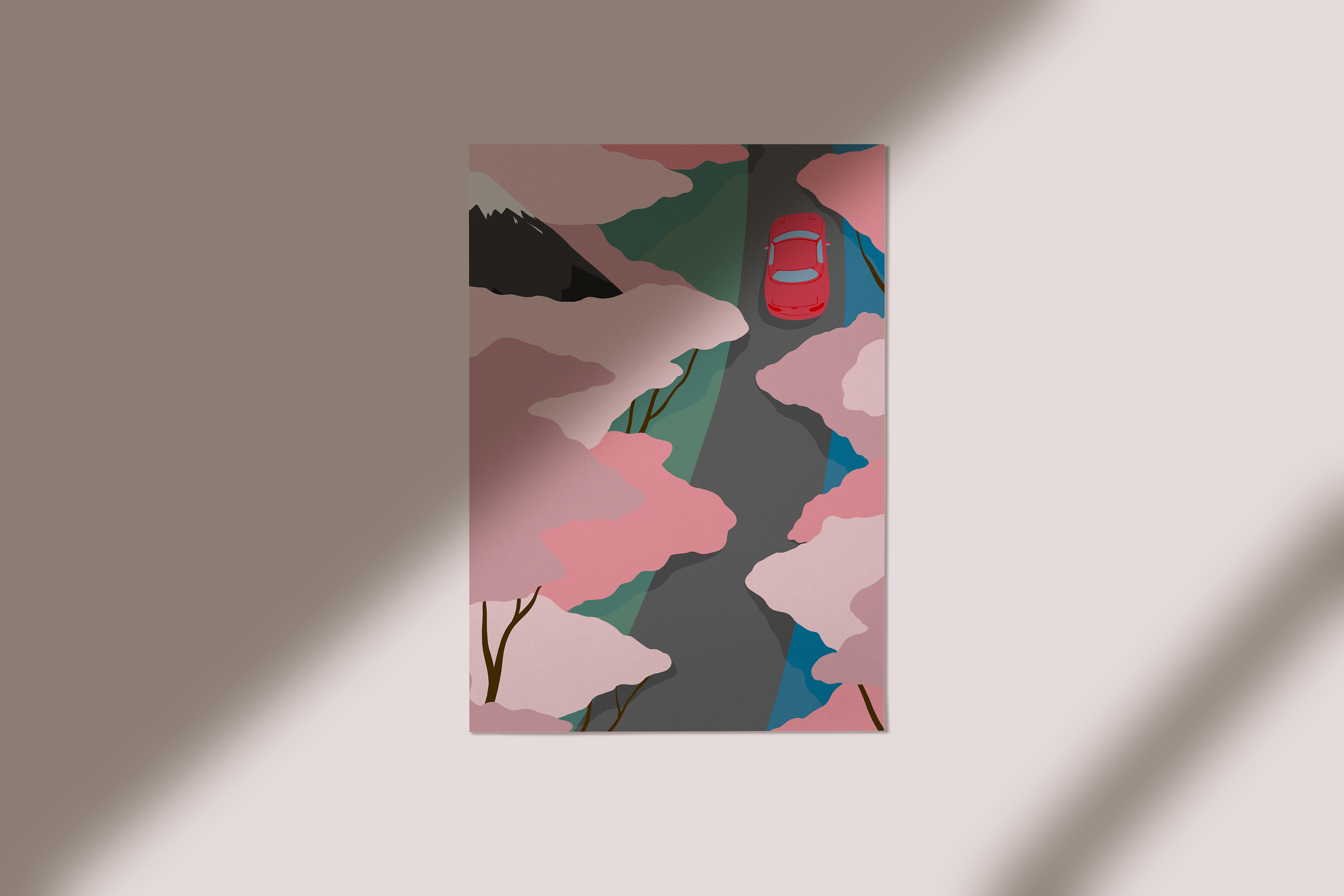



Photography
As an information designer, understanding the importance of photography in graphic design can help convey messages and clarify information. Photography skills are closely related to graphic design because they share a common goal of visual communication. A good photograph can capture the essence of a product, service, or message and make it more engaging and memorable. It can also be used to create a consistent visual identity across different mediums, such as print and digital.
Moreover, in the context of information design, photography can be used to illustrate complex information and make it more accessible. By using photographs, designers can bring abstract concepts to life and make them more relatable to the audience. In graphic design, photography can also help to create a mood or convey a message through the use of colour, lighting, and composition. This can be used to create a certain atmosphere or tone, which can help to reinforce the message of the design.



